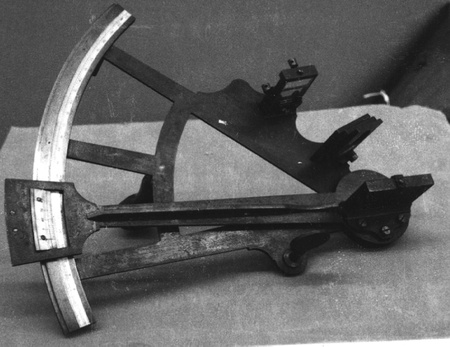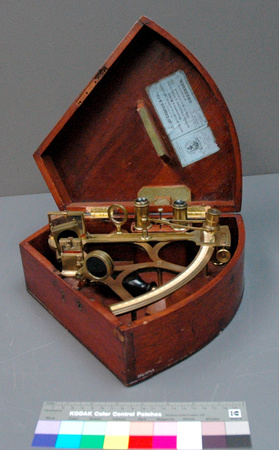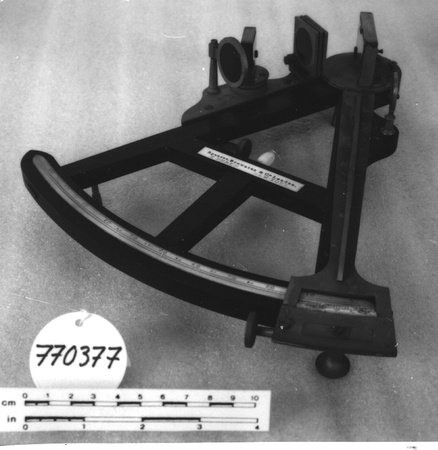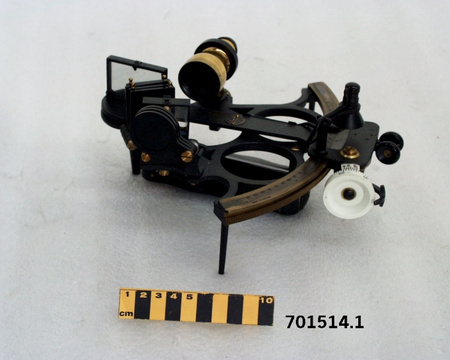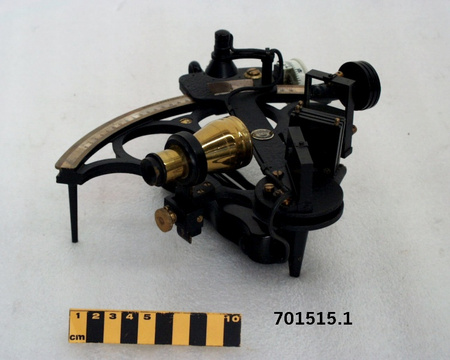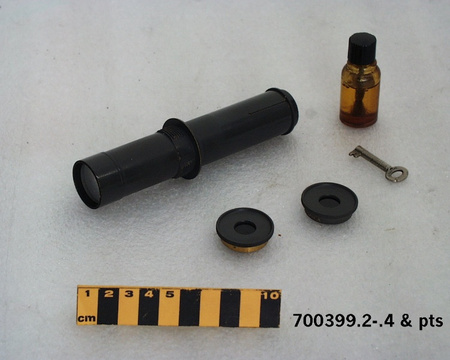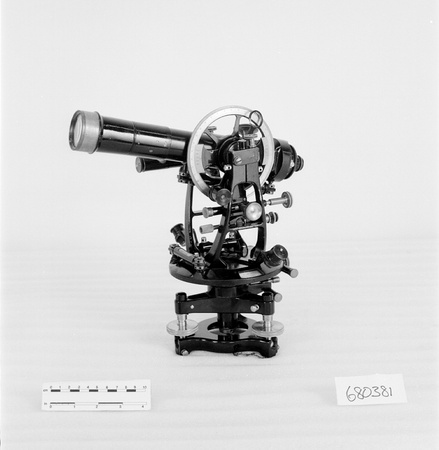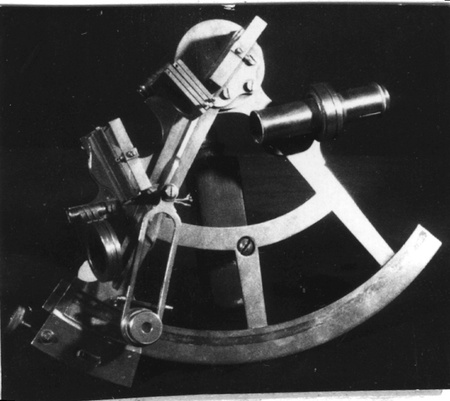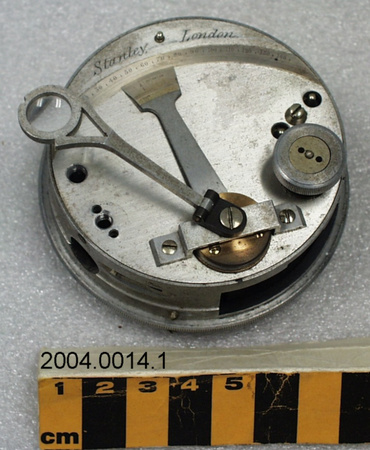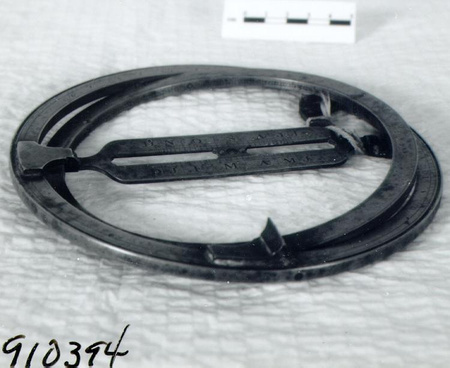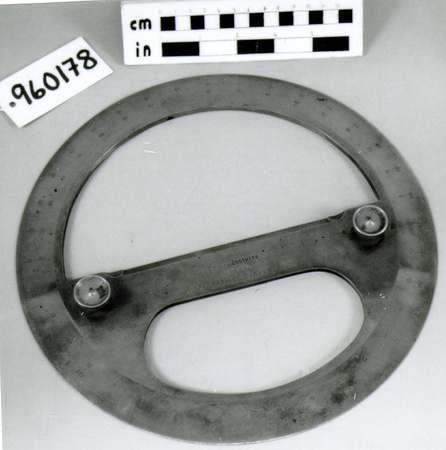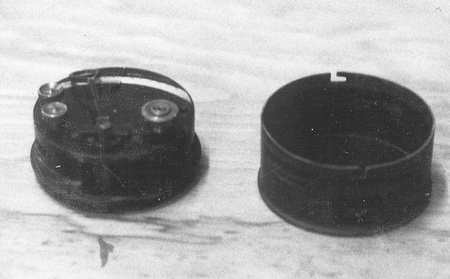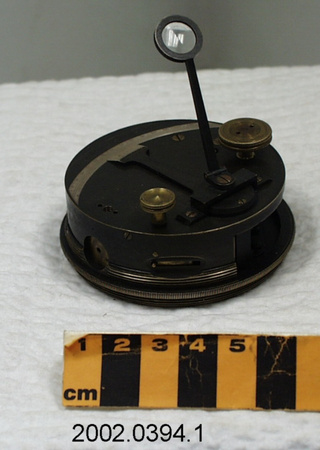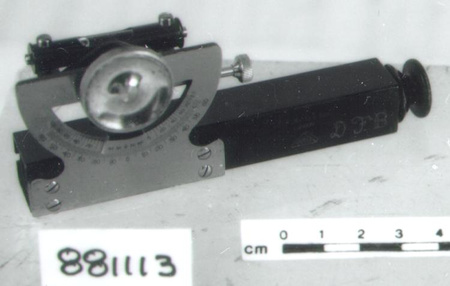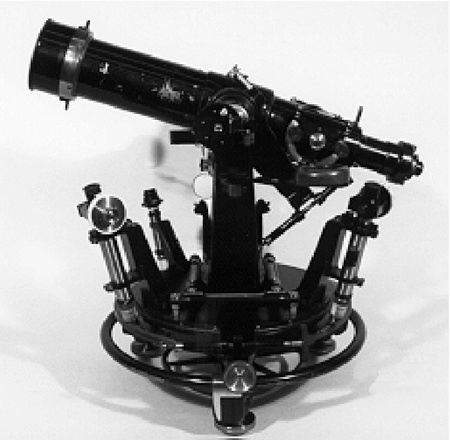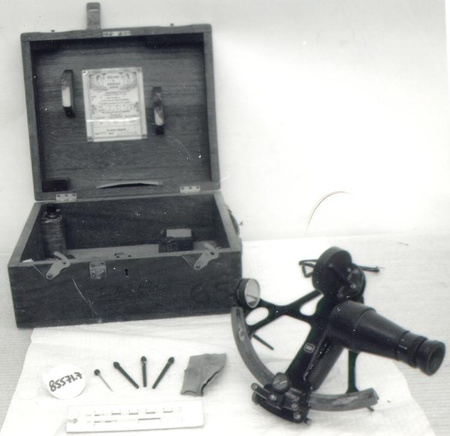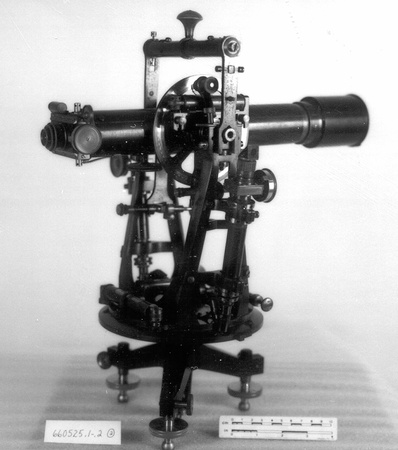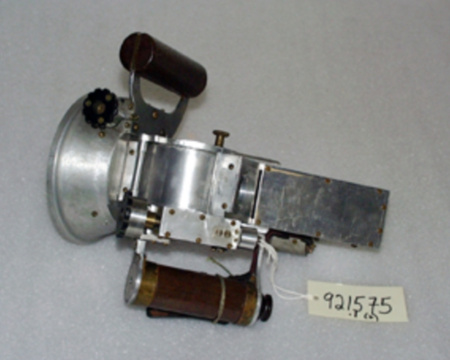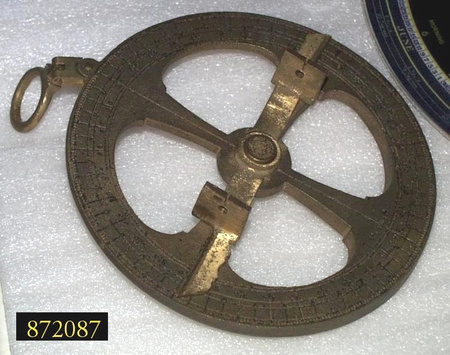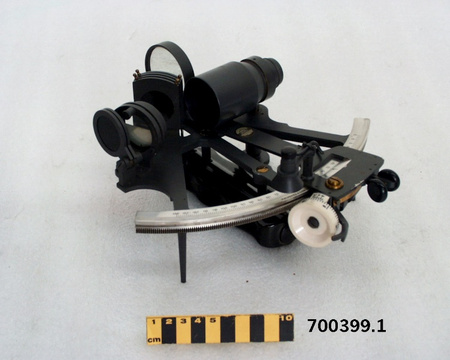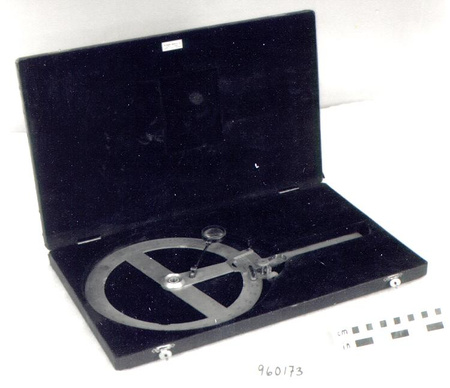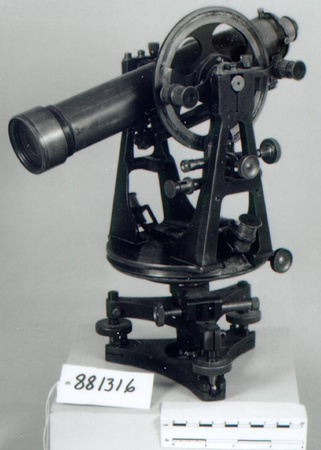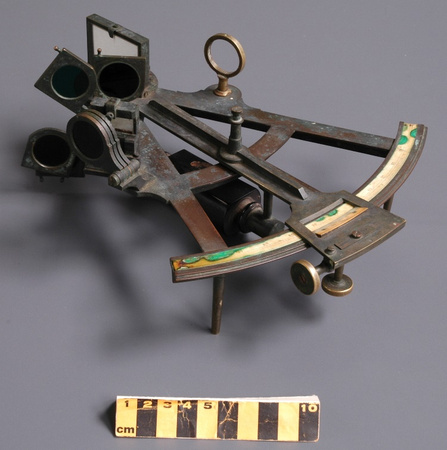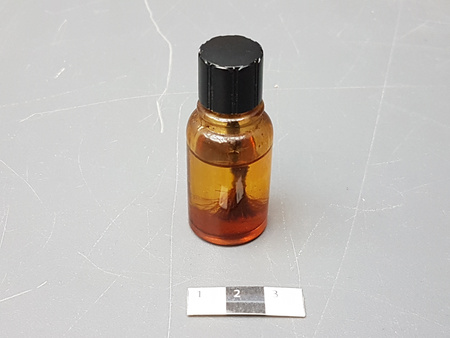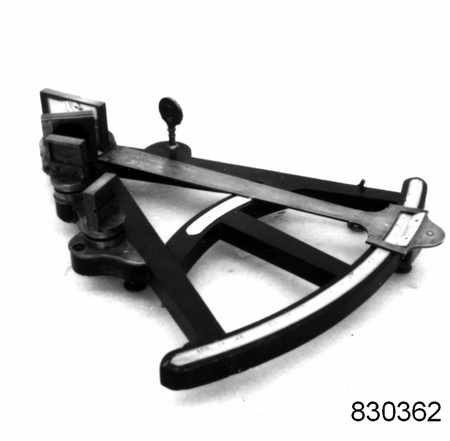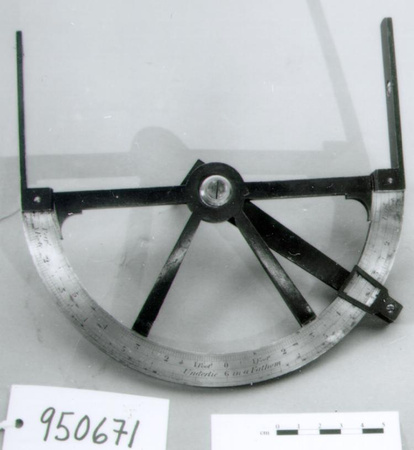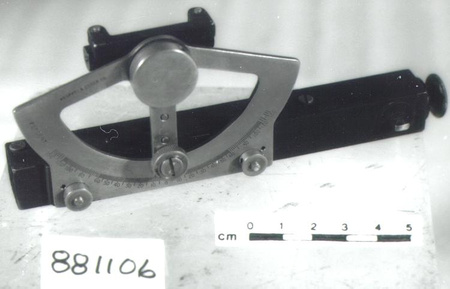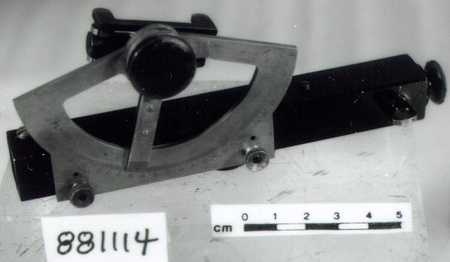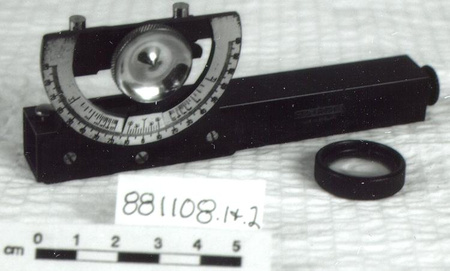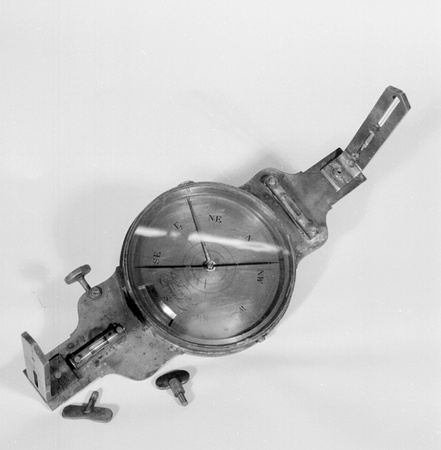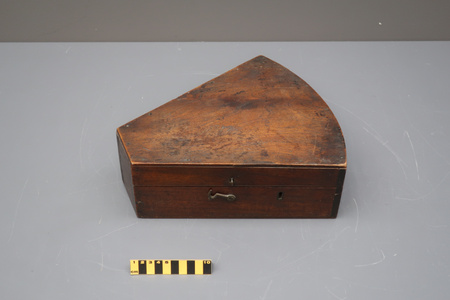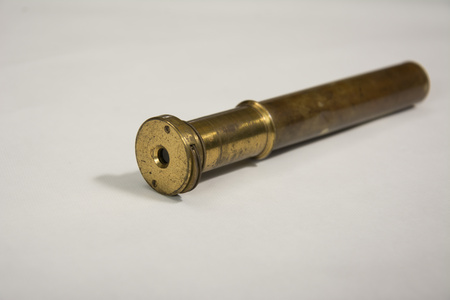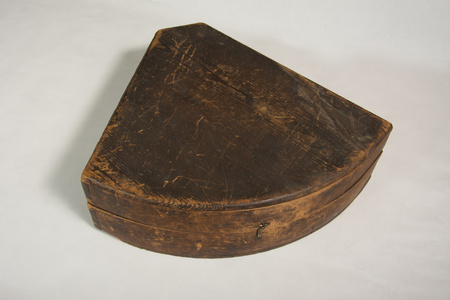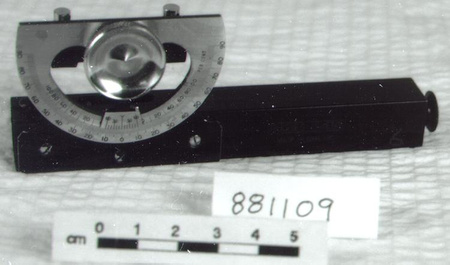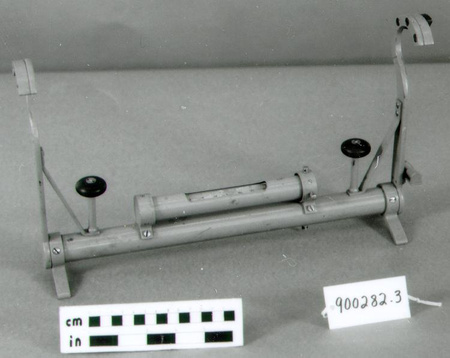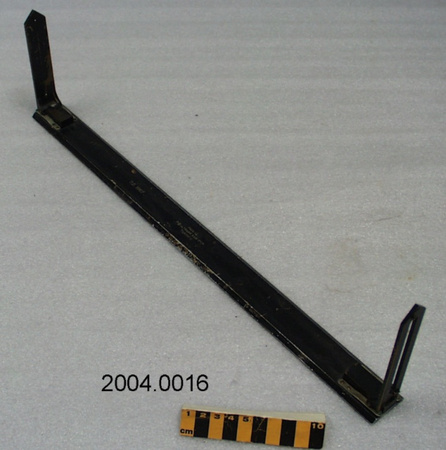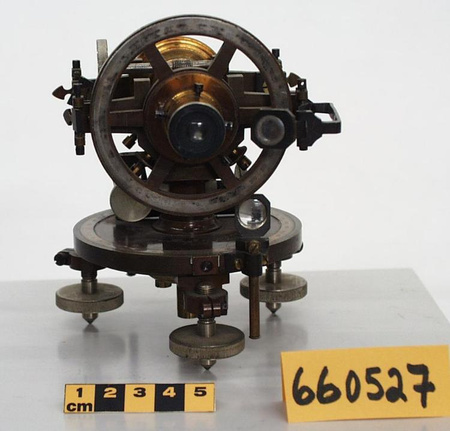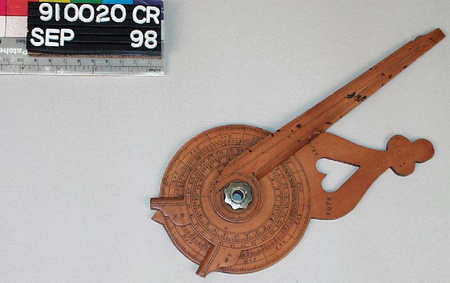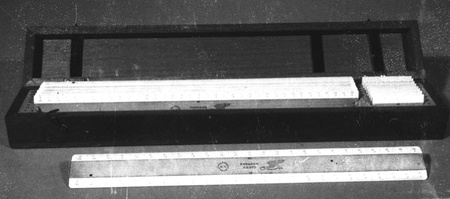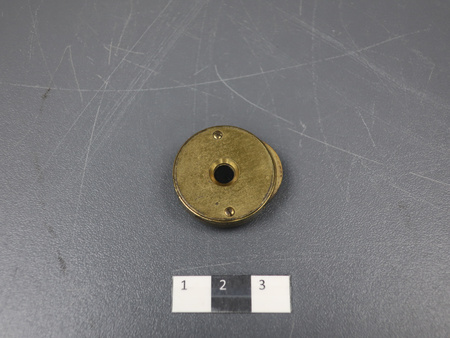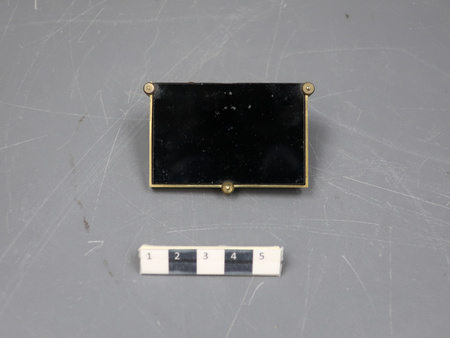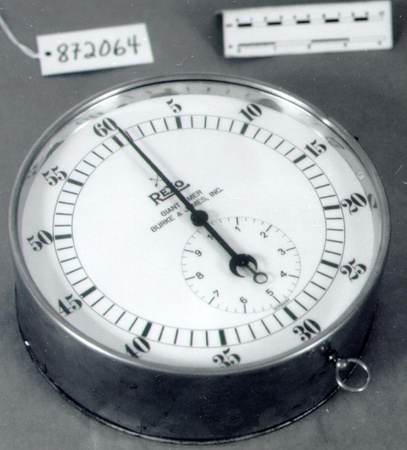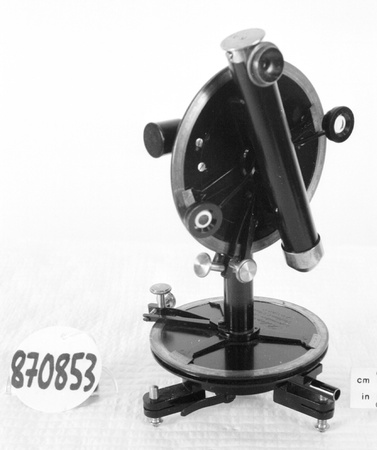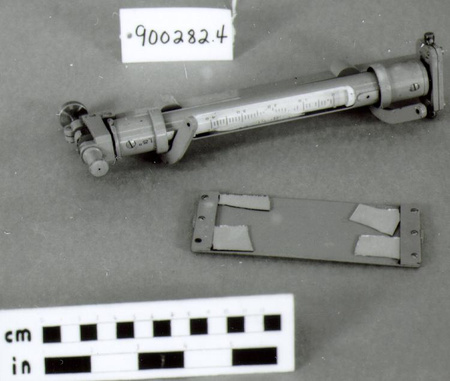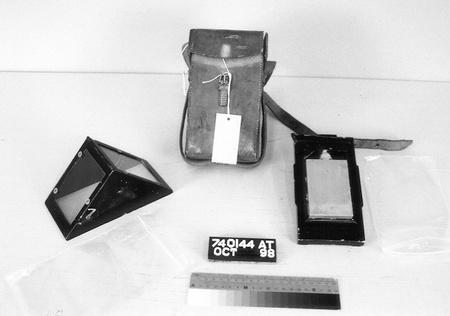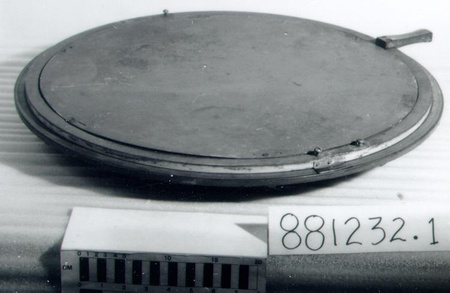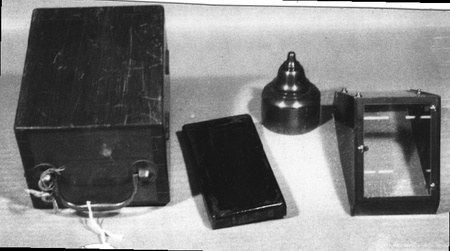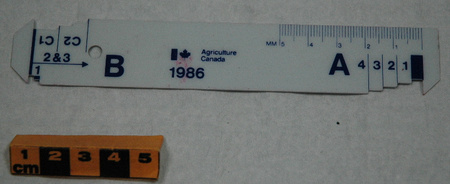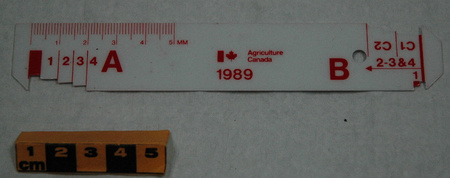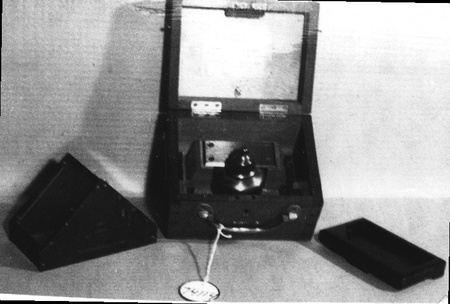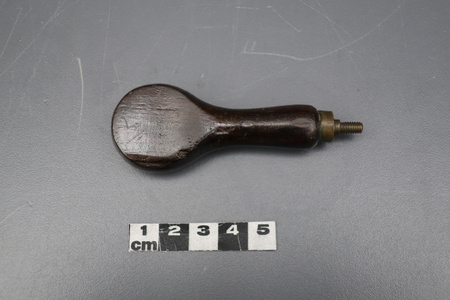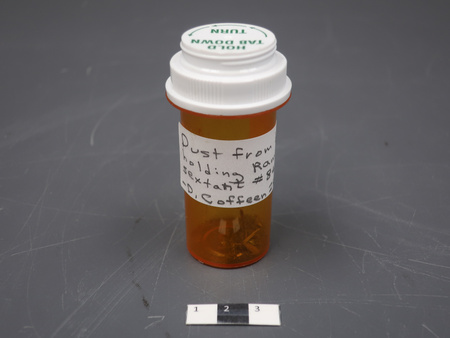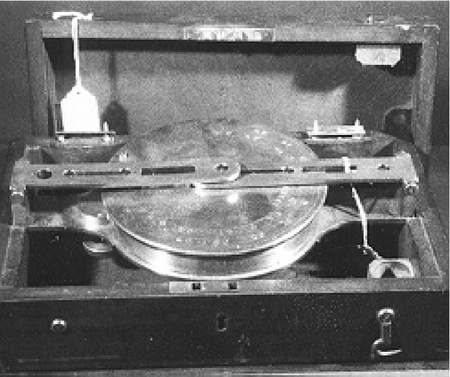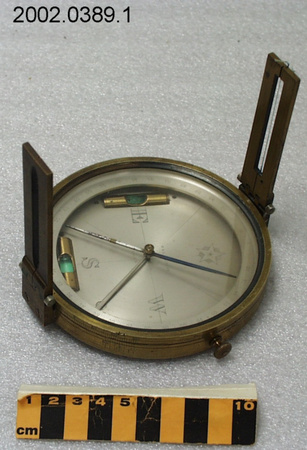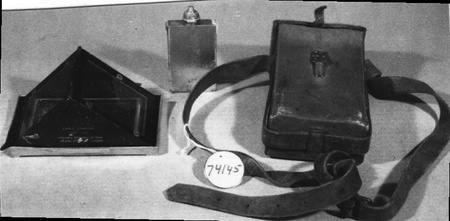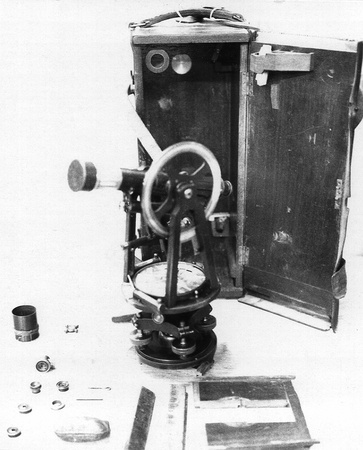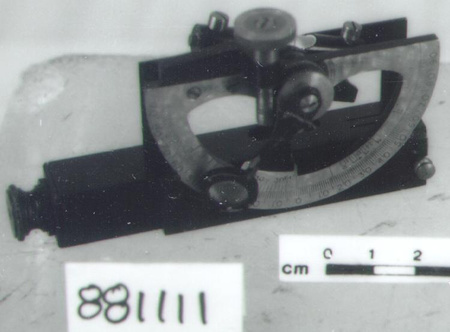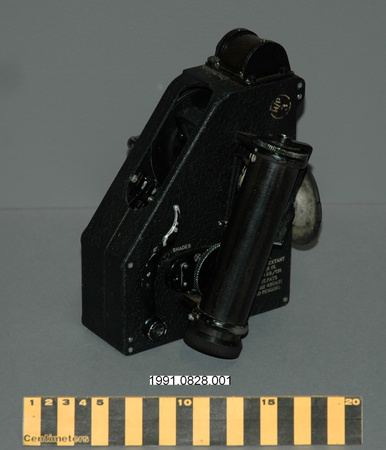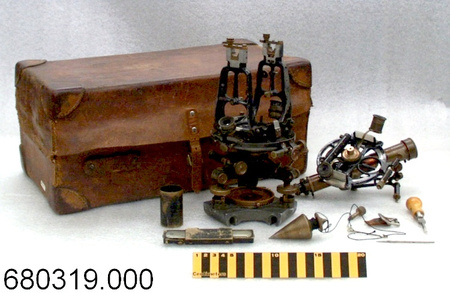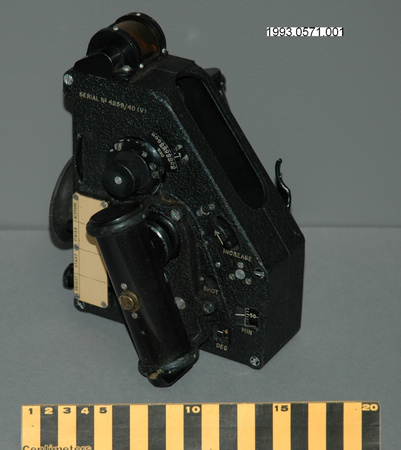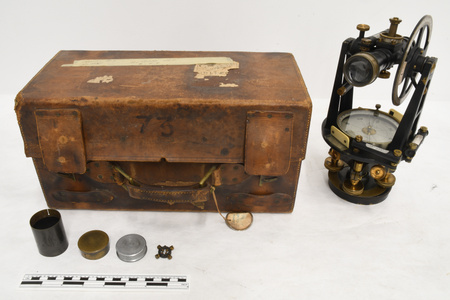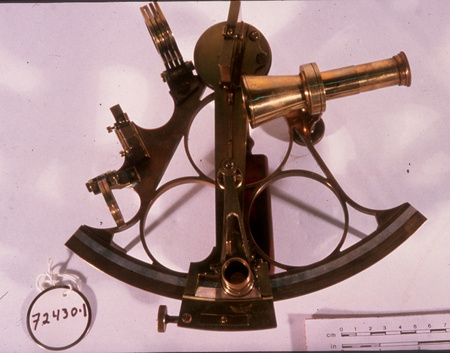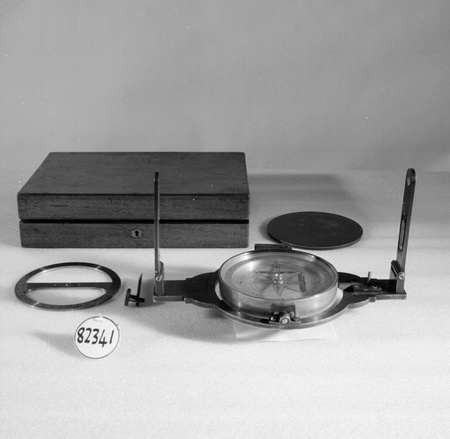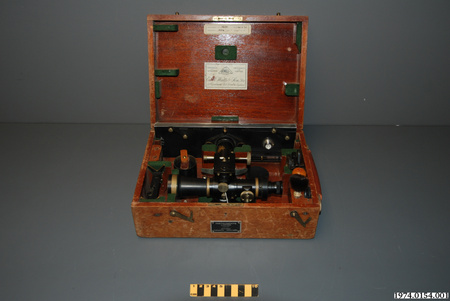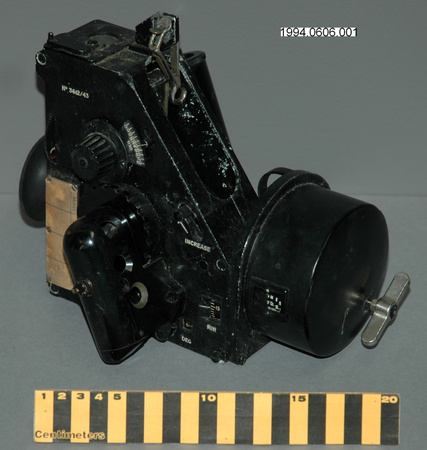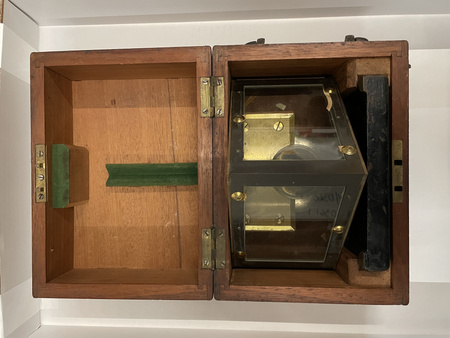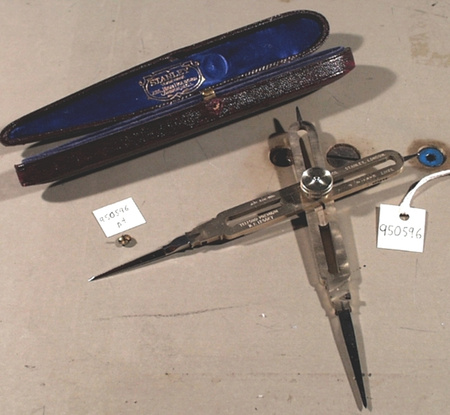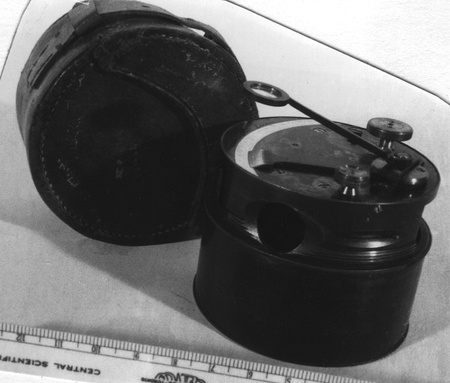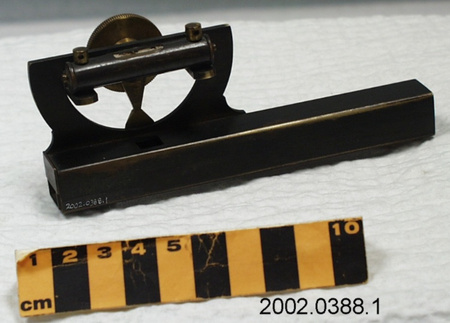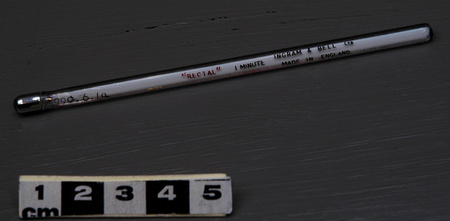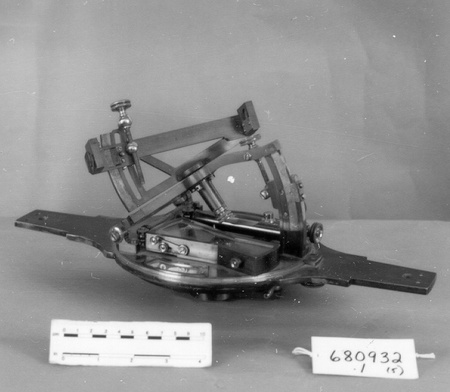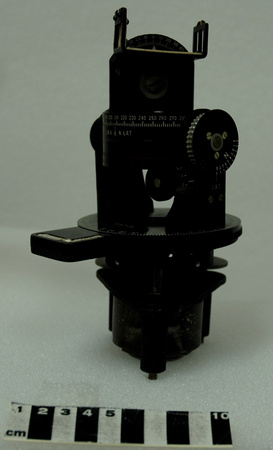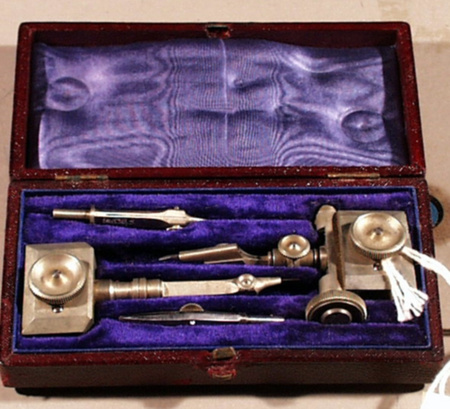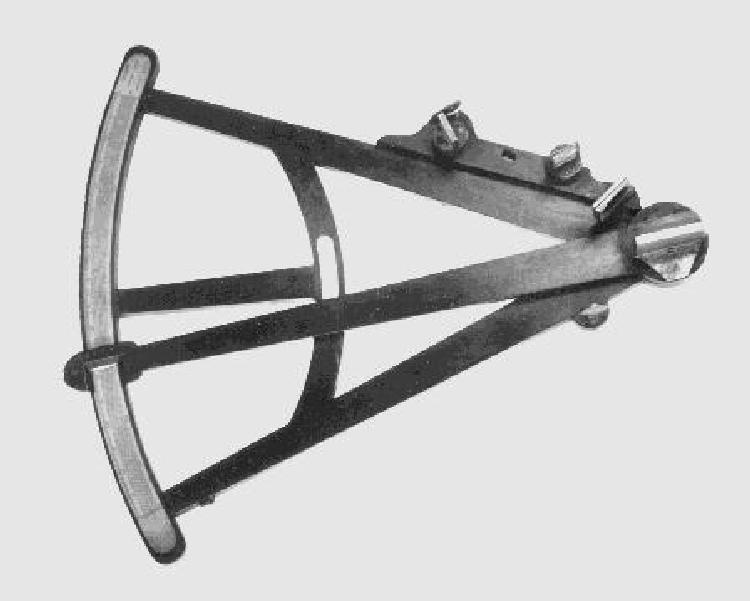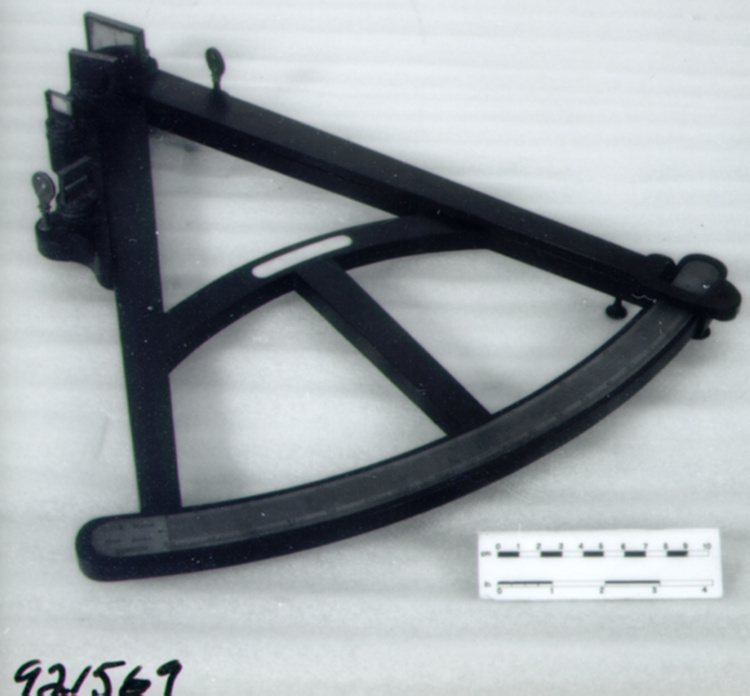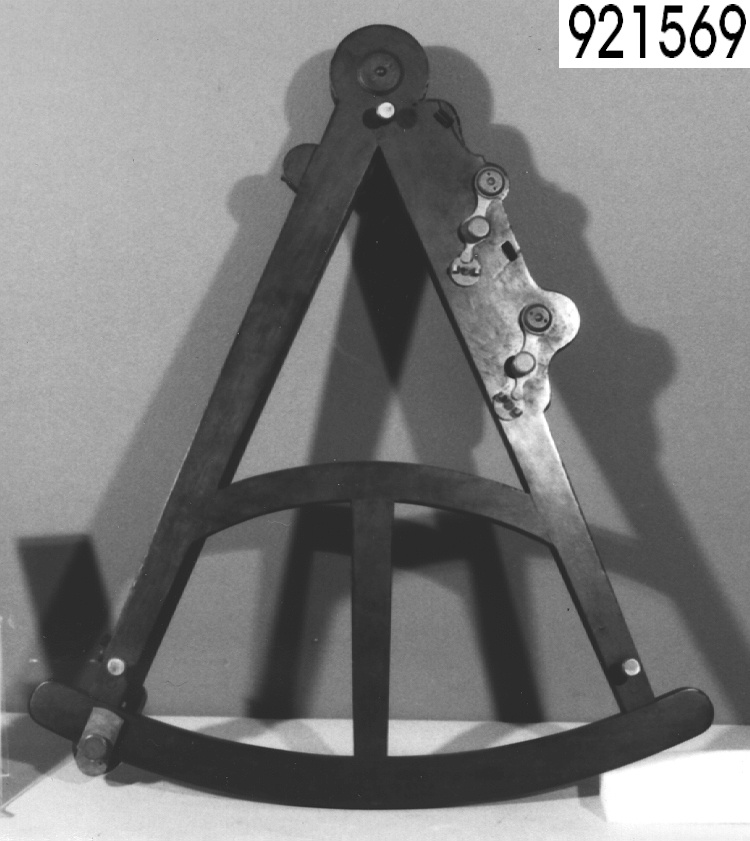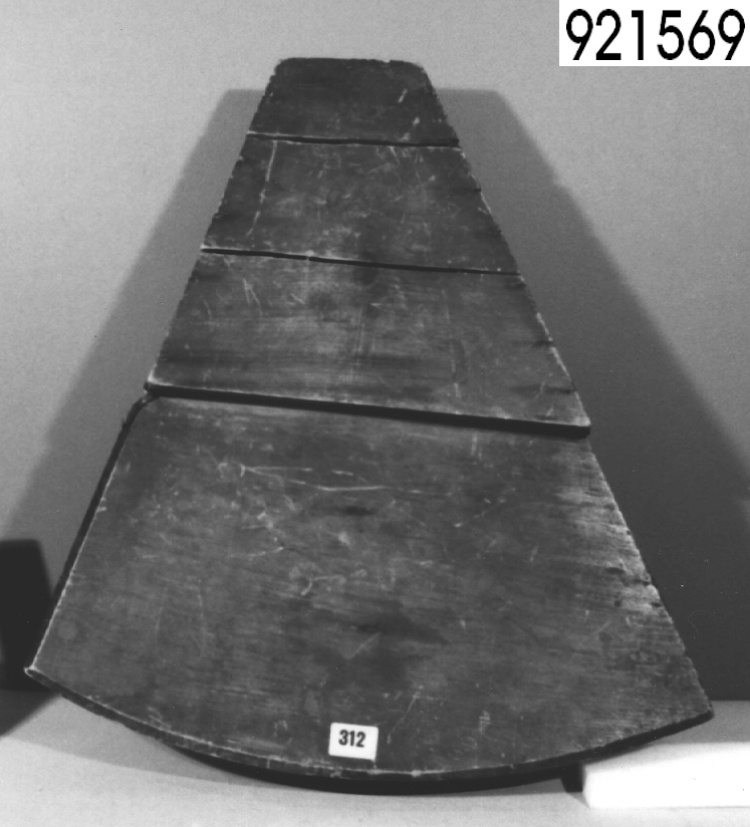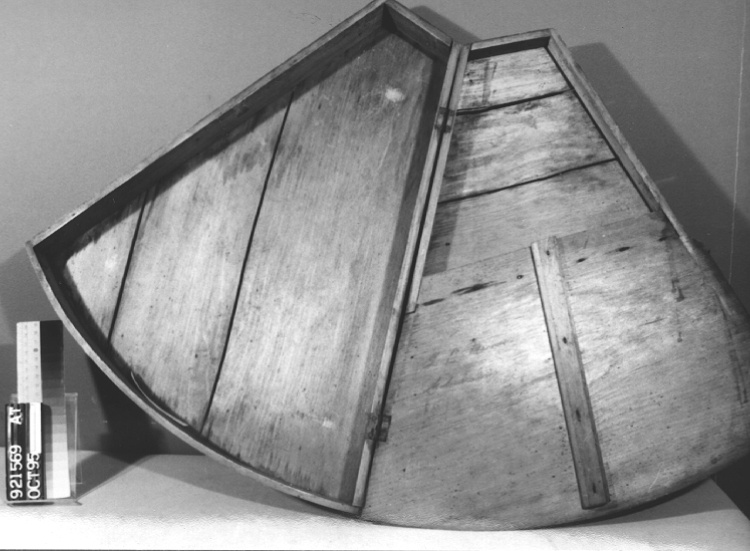Octant
Use this image
Can I reuse this image without permission? Yes
Object images on the Ingenium Collection’s portal have the following Creative Commons license:
Copyright Ingenium / CC BY-NC-ND (Attribution-NonCommercial 4.0 International (CC BY-NC 4.0)
ATTRIBUTE THIS IMAGE
Ingenium,
1992.1569.001
Permalink:
Ingenium is releasing this image under the Creative Commons licensing framework, and encourages downloading and reuse for non-commercial purposes. Please acknowledge Ingenium and cite the artifact number.
DOWNLOAD IMAGEPURCHASE THIS IMAGE
This image is free for non-commercial use.
For commercial use, please consult our Reproduction Fees and contact us to purchase the image.
- OBJECT TYPE
- HADLEY'S/LARGE RADIUS
- DATE
- 1766–1782
- ARTIFACT NUMBER
- 1992.1569.001
- MANUFACTURER
- Cole, Benjamin Jr.
- MODEL
- Unknown
- LOCATION
- London, England
More Information
General Information
- Serial #
- N/A
- Part Number
- 1
- Total Parts
- 1
- AKA
- N/A
- Patents
- N/A
- General Description
- Mahogany octant has boxwood scale; brass & glass fittings, ivory inset in frame & over scale/ mahogany (?) case
Dimensions
Note: These reflect the general size for storage and are not necessarily representative of the object's true dimensions.
- Length
- 52.0 cm
- Width
- 47.8 cm
- Height
- 9.1 cm
- Thickness
- N/A
- Weight
- N/A
- Diameter
- N/A
- Volume
- N/A
Lexicon
- Group
- Exploration and Survey
- Category
- Measurement-angles
- Sub-Category
- N/A
Manufacturer
- AKA
- Cole
- Country
- England
- State/Province
- Unknown
- City
- London
Context
- Country
- Worldwide
- State/Province
- Unknown
- Period
- Probably used c. 1760-1850
- Canada
-
Unknown. G.C. Morrison, Glenholme Nova Scotia is written in pencil on the inside of the cover. Manufactured by Benjamin Cole Jr., of London. Bought from Christie's Auction. - Function
-
To determine latitude, by measuring the altitude of heavenly bodies above the horizon. Large radius octant. Navigators at sea could determine latitude and longitude by measuring the angle between celestial objects and the horizon line. This angle was measured by adjusting the scale until the celestial object appeared to touch the horizon line in a mirror. - Technical
-
Example of large radius octant with transversal type scale. It represents quality instrument, made by well-known mfr., in transition period between large radius octants divided by hand & those divided by machine & of small radius (ref.1).superseded in 1770s by more accurate sextant, octant made & used c.1900 because it was less expensive to produce (ref.3, p.264). Double "pin-hole" sight and back sight. Example of large radius octant with a transversal type scale. Numbers are on both sides of the scale and go from 0? to 90? on one side in 2 minute intervals and the opposite direction on the other side in 20 minute intervals. It represents a quality instrument in the transition period between large radius octants divided by hand and those divided by ruling engines. - Area Notes
-
Unknown
Details
- Markings
- 'COLE Maker/ Fleet Street/ LONDON' INCISED & HIGHLIGHTED IN BLACK ON LEFT END OF SCALE ON ARC. SCALE DIVIDED 0-90 BY 2-MINUTE INTERVALS ON TOP EDGE; 90-0 BY 20-MINUTE INTERVALS ON LOWER EDGE/ 'G C Morrison/ Glenholm/ N.S.' HANDWRITTEN IN PENCIL ON INSIDE OF CASE LID/ CHRISTIE'S LABEL ON LOWER FRONT EDGE OF CASE READS: '312/ 8 JUNE 1992'.
- Missing
- None
- Finish
- Unknown
- Decoration
- N/A
CITE THIS OBJECT
If you choose to share our information about this collection object, please cite:
Cole, Benjamin Jr., Octant, between 1766–1782, Artifact no. 1992.1569, Ingenium – Canada’s Museums of Science and Innovation, http://collection.ingenium.ca/en/id/1992.1569.001/
FEEDBACK
Submit a question or comment about this artifact.
More Like This
